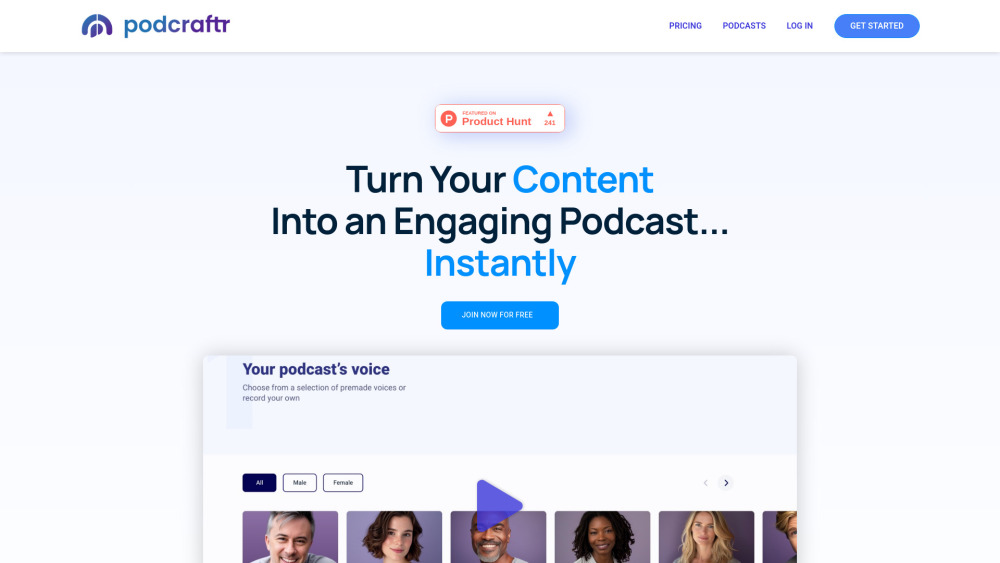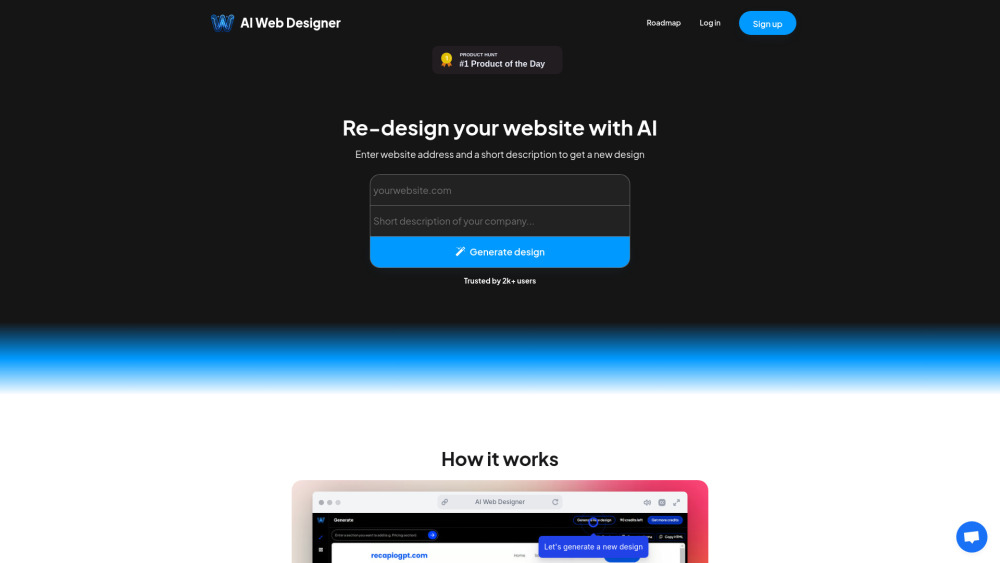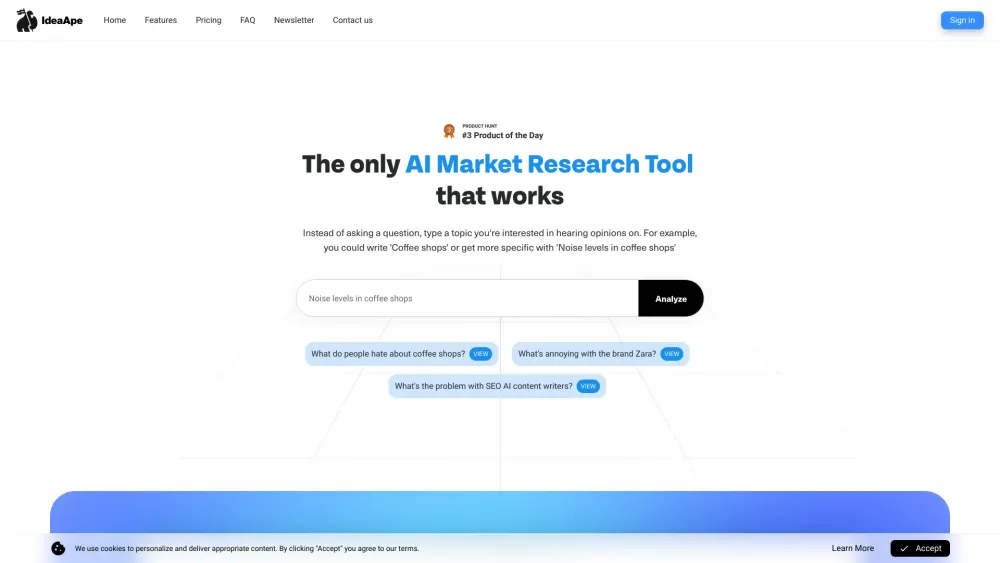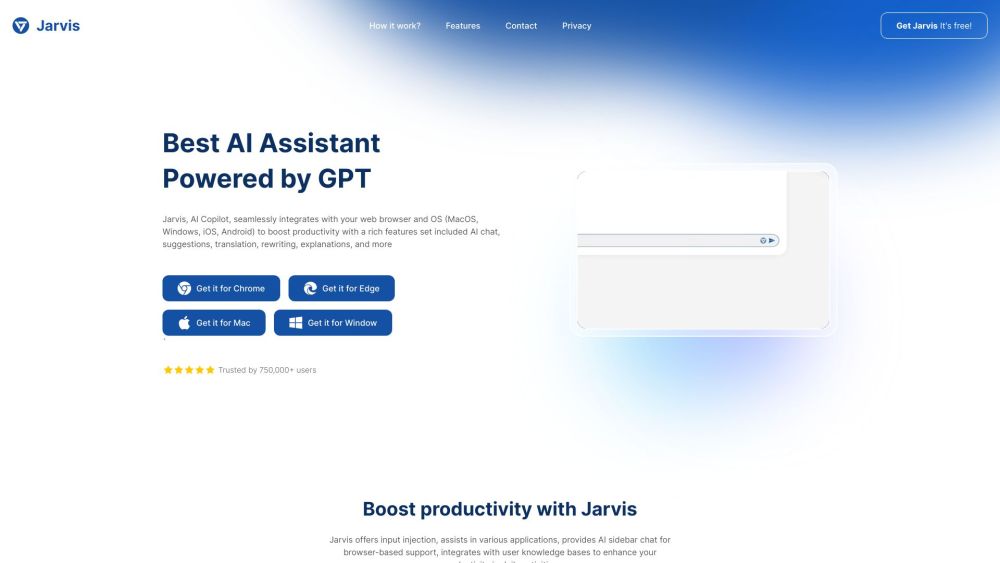An Overview of Meta's Llama: A Pioneering Generative AI Model
Like many leading tech companies today, Meta has introduced its signature generative AI model, named Llama. What sets Llama apart among major models is its "open" nature, allowing developers to download and utilize it with few restrictions. This is in contrast to other models such as Anthropic’s Claude, OpenAI’s GPT-4 (the backbone of ChatGPT), and Google’s Gemini, which are available exclusively through APIs.
To further empower developers, Meta has established partnerships with cloud providers—including AWS, Google Cloud, and Microsoft Azure—to offer cloud-hosted versions of Llama. Additionally, the company has introduced tools that simplify model fine-tuning and customization.
Everything You Need to Know About Llama
From its capabilities and editions to its usage, here's a comprehensive guide to Llama. We’ll regularly update this resource as Meta rolls out improvements and new developer tools.
What is Llama?
Llama comprises a family of models, each designed for different purposes:
- Llama 8B
- Llama 70B
- Llama 405B
The latest iterations, Llama 3.1 8B, Llama 3.1 70B, and Llama 3.1 405B, were launched in July 2024. These models have been trained using web pages in multiple languages, public code, and datasets created by other AI systems.
While Llama 3.1 8B and Llama 3.1 70B are compact models suitable for devices from laptops to servers, Llama 3.1 405B is a large-scale model designed to operate on high-capacity data center hardware. Although the smaller models are faster, they are not as powerful as Llama 3.1 405B. Essentially, they are "distilled" versions optimized for minimal storage use and reduced latency.
All Llama models feature a context window of 128,000 tokens. Here, tokens represent segments of data, such as the individual syllables within a word. A model's context window comprises the input information it considers before generating output—this extended context helps prevent deviations from relevant topics and enhances overall accuracy.
The 128,000 tokens equate to around 100,000 words or 300 pages, comparable to works like "Wuthering Heights," "Gulliver’s Travels," and "Harry Potter and the Prisoner of Azkaban."
What Can Llama Do?
Like other generative AI models, Llama excels at various tasks, including coding, basic math problem-solving, and document summarization in eight languages (English, German, French, Italian, Portuguese, Hindi, Spanish, and Thai). It is effective for most text-based tasks, such as analyzing PDFs and spreadsheets, but lacks the capability to process or generate images—though this could change shortly.
The latest Llama models can also be integrated with third-party apps, tools, and APIs for enhanced functionality. They are pre-trained to utilize Brave Search for real-time queries, the Wolfram Alpha API for math and science tasks, and a Python interpreter for code validation. Additionally, Meta indicates that Llama 3.1 models can adapt to new tools, although the reliability of such adaptations remains to be seen.
Where Can You Use Llama?
Llama powers the Meta AI chatbot experiences across platforms such as Facebook Messenger, WhatsApp, Instagram, Oculus, and Meta.ai for conversational interactions. Developers can download, utilize, or fine-tune Llama on most major cloud platforms. Meta reports having over 25 partners hosting Llama, including Nvidia, Databricks, Groq, Dell, and Snowflake.
Many partners have developed additional services and tools built on Llama, allowing the model to reference proprietary data and operate with lower latency. Meta recommends using Llama 8B and Llama 70B for general applications, including chatbot development and code generation. Meanwhile, Llama 405B is suggested for model distillation—the process of transferring knowledge from a larger model to a more efficient variant—and generating synthetic data for training or refining other models.
It's crucial to note that Llama's licensing imposes restrictions on deployment: app developers with over 700 million monthly users must request special permission from Meta, which is granted at the company’s discretion.
What Tools Does Meta Offer for Llama?
Meta supplies various tools aimed at ensuring safe usage of Llama:
- Llama Guard: A moderation framework
- Prompt Guard: A safeguard against prompt injection attacks
- CyberSecEval: A cybersecurity risk assessment suite
Llama Guard is designed to identify potentially harmful content generated by or input into Llama, blocking areas such as criminal activity, child exploitation, copyright infringement, hate speech, self-harm, and sexual abuse. Developers can tailor the blocked content categories and apply these to all supported languages.
Similar to Llama Guard, Prompt Guard can block malicious prompts intended to exploit the model, helping to prevent "jailbreak" attempts that circumvent safety measures.
CyberSecEval provides benchmarks for assessing the security risks associated with using a Llama model, evaluating potential threats around automated social engineering and offensive cyber activities.
Llama’s Limitations
As with any generative AI model, Llama comes with inherent risks and limitations.
There are uncertainties regarding whether Meta utilized copyrighted content for Llama's training. If so, users could be liable for infringement if the model outputs copyrighted material. Moreover, past reports indicate that Meta has trained its AI on Instagram and Facebook user-generated content, which raises further concerns about user consent.
Programming is another area that requires cautious handling when using Llama. Like other generative AI tools, it might yield buggy or insecure code, necessitating that a qualified human reviewer evaluate any AI-generated code before its integration into products or services.




